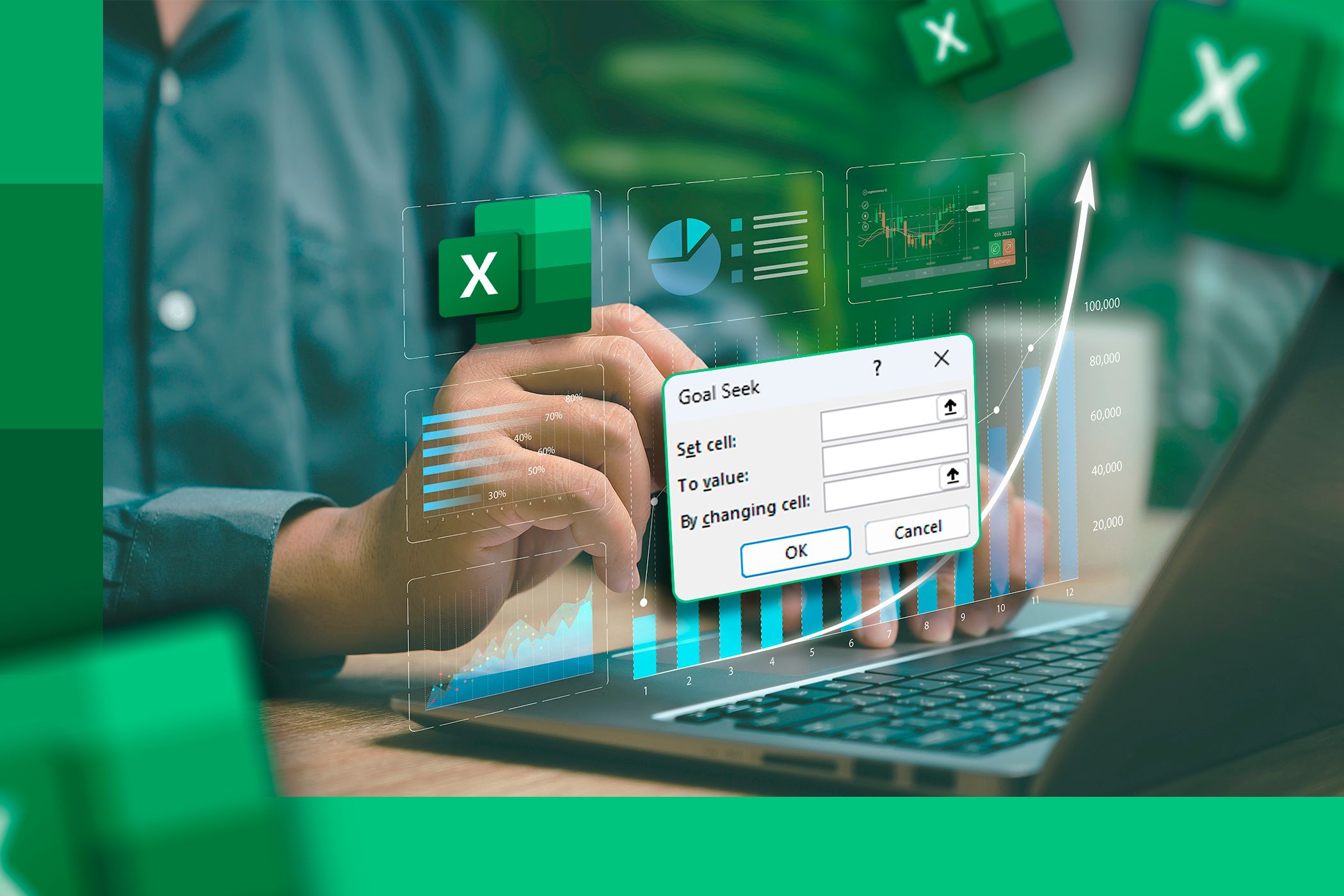
Personal Finance Leaderboard Template: A Gamified Approach to Financial Wellness
In the pursuit of financial stability and success, individuals often find themselves grappling with the complexities of budgeting, saving, and investing. The journey towards financial wellness can be challenging, requiring discipline, knowledge, and a proactive mindset. However, what if there was a way to transform this often-daunting process into an engaging and motivating experience? Enter the personal finance leaderboard template – a gamified tool designed to inject fun, competition, and accountability into the realm of personal finance.
Understanding the Personal Finance Leaderboard Template
A personal finance leaderboard template is a structured framework that allows individuals to track and compare their financial progress against a set of predefined metrics. It borrows the concept of a leaderboard from the world of gaming, where players compete to achieve the highest score or ranking. In the context of personal finance, the leaderboard serves as a visual representation of how individuals are performing in various aspects of their financial lives.
The template typically includes a range of financial metrics, such as:
- Savings Rate: The percentage of income saved each month.
- Debt Reduction: The amount of debt paid off over a specific period.
- Investment Growth: The percentage increase in investment portfolio value.
- Net Worth: The total value of assets minus liabilities.
- Budget Adherence: The degree to which spending aligns with the budget.
- Emergency Fund Balance: The amount of money set aside for unexpected expenses.
Participants in the leaderboard track their progress in these areas and input their data into the template. The template then calculates a score or ranking based on the individual’s performance relative to their peers or a predetermined benchmark.
Benefits of Using a Personal Finance Leaderboard Template
The use of a personal finance leaderboard template offers a multitude of benefits, including:
- Increased Motivation: The competitive element of the leaderboard can be highly motivating. Seeing how others are progressing can spur individuals to work harder and achieve their financial goals.
- Enhanced Accountability: The public nature of the leaderboard (if shared with others) creates a sense of accountability. Participants are more likely to stay on track with their financial plans when they know their progress is being monitored.
- Improved Financial Awareness: Tracking financial metrics on a regular basis increases awareness of spending habits, saving patterns, and investment performance. This heightened awareness can lead to better financial decision-making.
- Goal Setting and Achievement: The leaderboard provides a framework for setting specific, measurable, achievable, relevant, and time-bound (SMART) financial goals. As participants track their progress, they can adjust their strategies and stay focused on achieving their objectives.
- Learning and Sharing: A personal finance leaderboard can foster a community of individuals who are passionate about financial wellness. Participants can learn from each other’s successes and failures, share tips and strategies, and provide mutual support.
- Gamified Financial Management: By incorporating elements of gamification, the leaderboard makes financial management more engaging and enjoyable. This can help individuals overcome the inertia and procrastination that often plague financial planning.
- Objective Performance Evaluation: The leaderboard provides an objective measure of financial performance, allowing individuals to benchmark themselves against their peers or against their own past performance. This can help identify areas where improvement is needed.
- Customization and Flexibility: Personal finance leaderboard templates can be customized to fit individual needs and preferences. Participants can choose the metrics that are most relevant to their financial goals and adjust the scoring system to reflect their priorities.
Creating Your Own Personal Finance Leaderboard Template
Creating a personal finance leaderboard template is a straightforward process that can be accomplished using spreadsheet software like Microsoft Excel or Google Sheets. Here’s a step-by-step guide:
- Define Your Financial Metrics: Choose the financial metrics that you want to track. These should be aligned with your financial goals and priorities. Examples include savings rate, debt reduction, investment growth, net worth, budget adherence, and emergency fund balance.
- Create a Spreadsheet: Open a new spreadsheet in your preferred software.
- Set Up Columns: Create columns for each of your chosen financial metrics, as well as columns for participant names, scores, and rankings.
- Input Data: Populate the spreadsheet with data for each participant. This can be done manually or by importing data from financial tracking apps or software.
- Calculate Scores: Develop a scoring system that assigns points based on performance in each financial metric. The scoring system should be fair, transparent, and aligned with your goals. For example, you could award points for each percentage point of savings rate or for each dollar of debt paid off.
- Calculate Rankings: Use the spreadsheet software’s ranking function to determine the leaderboard ranking based on the calculated scores.
- Visualize the Data: Create charts and graphs to visualize the leaderboard data. This can help participants quickly see how they are performing relative to their peers.
- Share and Collaborate: Share the leaderboard template with your friends, family, or colleagues who are also interested in improving their financial wellness. Encourage collaboration and knowledge sharing.
- Regularly Update and Review: Update the leaderboard data on a regular basis (e.g., monthly or quarterly) to track progress and identify areas for improvement. Review the scoring system periodically to ensure it remains aligned with your goals.
Tips for Maximizing the Effectiveness of Your Personal Finance Leaderboard
To maximize the effectiveness of your personal finance leaderboard, consider the following tips:
- Set Realistic Goals: Ensure that the financial goals you set are realistic and achievable. Setting unrealistic goals can lead to discouragement and demotivation.
- Celebrate Successes: Acknowledge and celebrate successes, both big and small. This can help maintain motivation and create a positive feedback loop.
- Provide Support and Encouragement: Offer support and encouragement to other participants. A positive and supportive environment can foster a sense of community and help everyone stay on track.
- Learn from Others: Take the opportunity to learn from other participants’ successes and failures. Share your own experiences and insights to help others improve their financial wellness.
- Stay Flexible: Be willing to adjust your financial plans and strategies as needed. Life circumstances can change, and it’s important to be adaptable.
- Focus on Progress, Not Perfection: Don’t strive for perfection. Focus on making consistent progress towards your financial goals, even if you encounter setbacks along the way.
- Maintain Privacy: Be mindful of privacy when sharing financial data. Avoid sharing sensitive information that could compromise your security.
- Have Fun: Remember to have fun with the process. Financial management doesn’t have to be a chore. By gamifying it with a leaderboard, you can make it more engaging and enjoyable.
Conclusion
The personal finance leaderboard template is a powerful tool that can help individuals transform their approach to financial management. By incorporating elements of gamification, competition, and accountability, it can increase motivation, enhance financial awareness, and foster a community of individuals who are passionate about financial wellness. Whether you’re looking to save more, pay off debt, or grow your investments, a personal finance leaderboard template can help you achieve your financial goals and build a brighter financial future.


